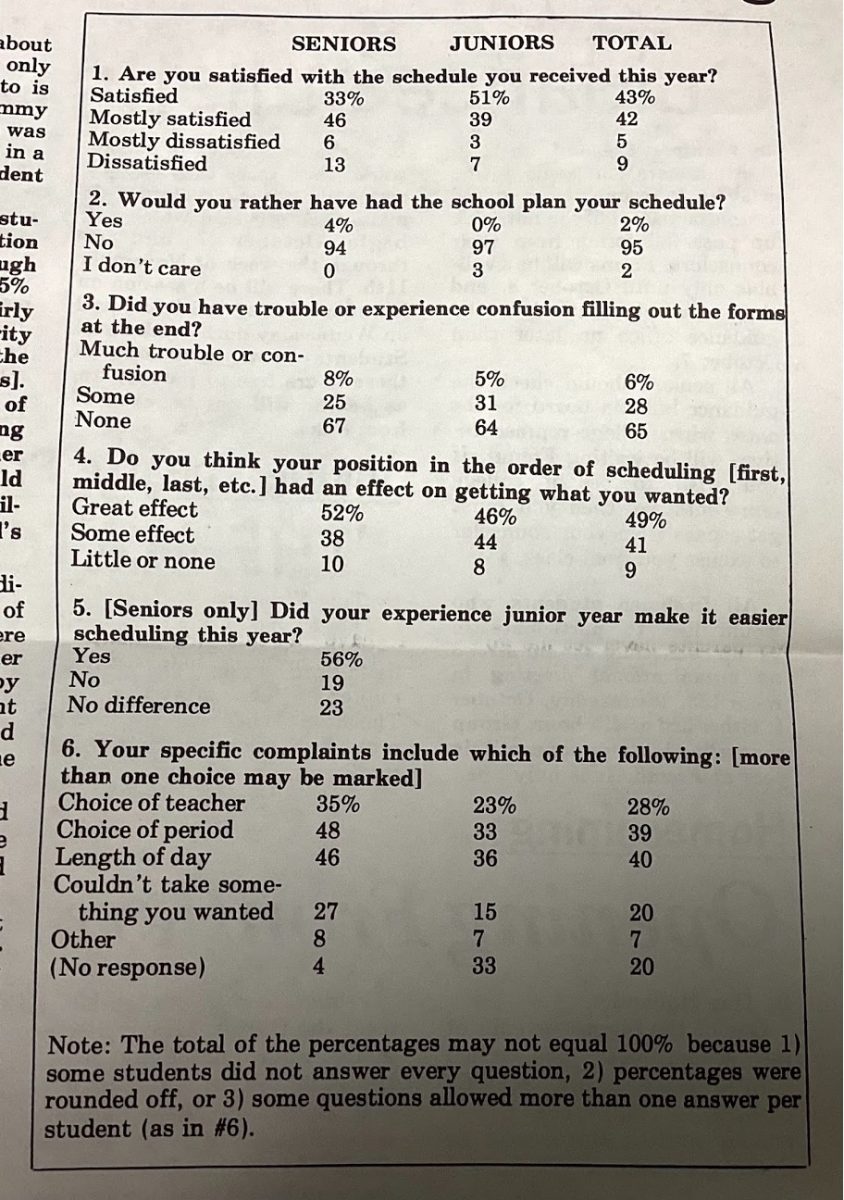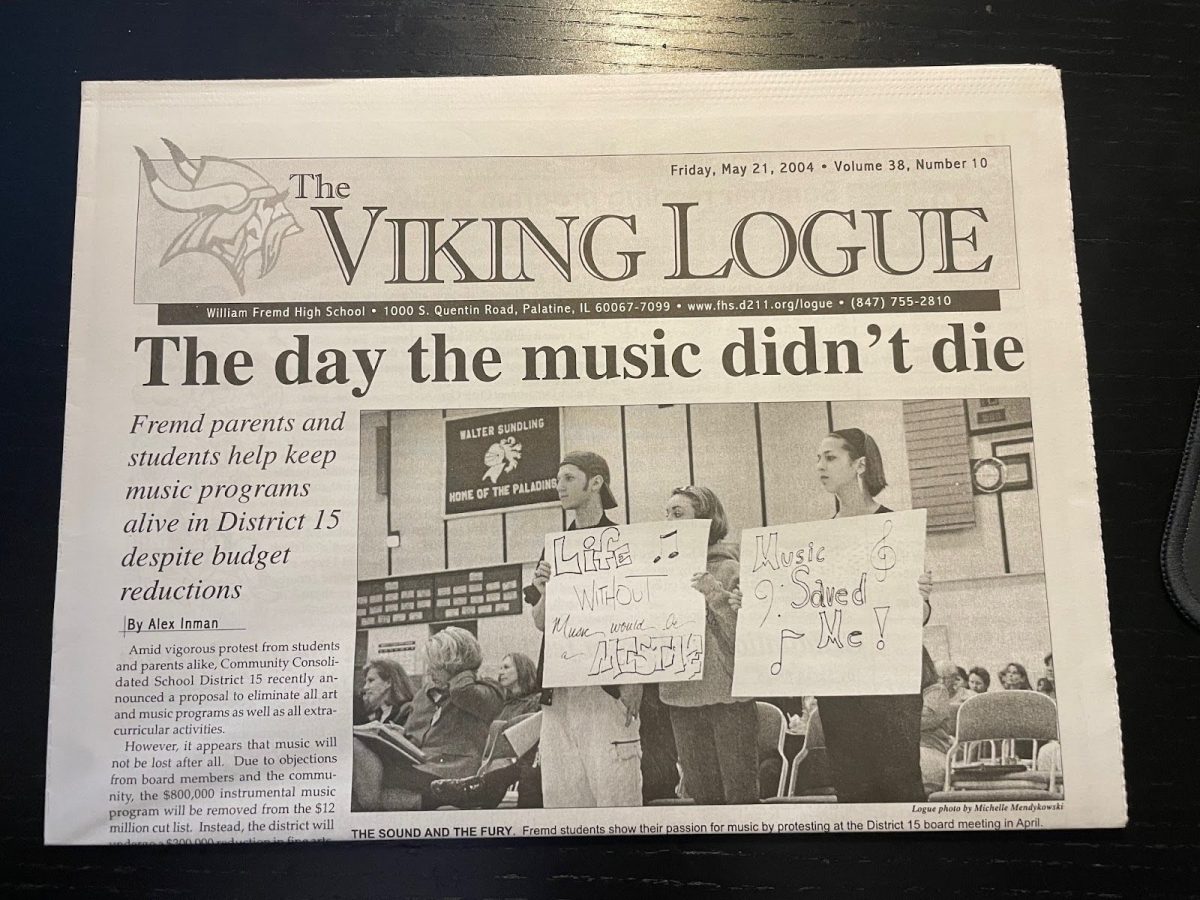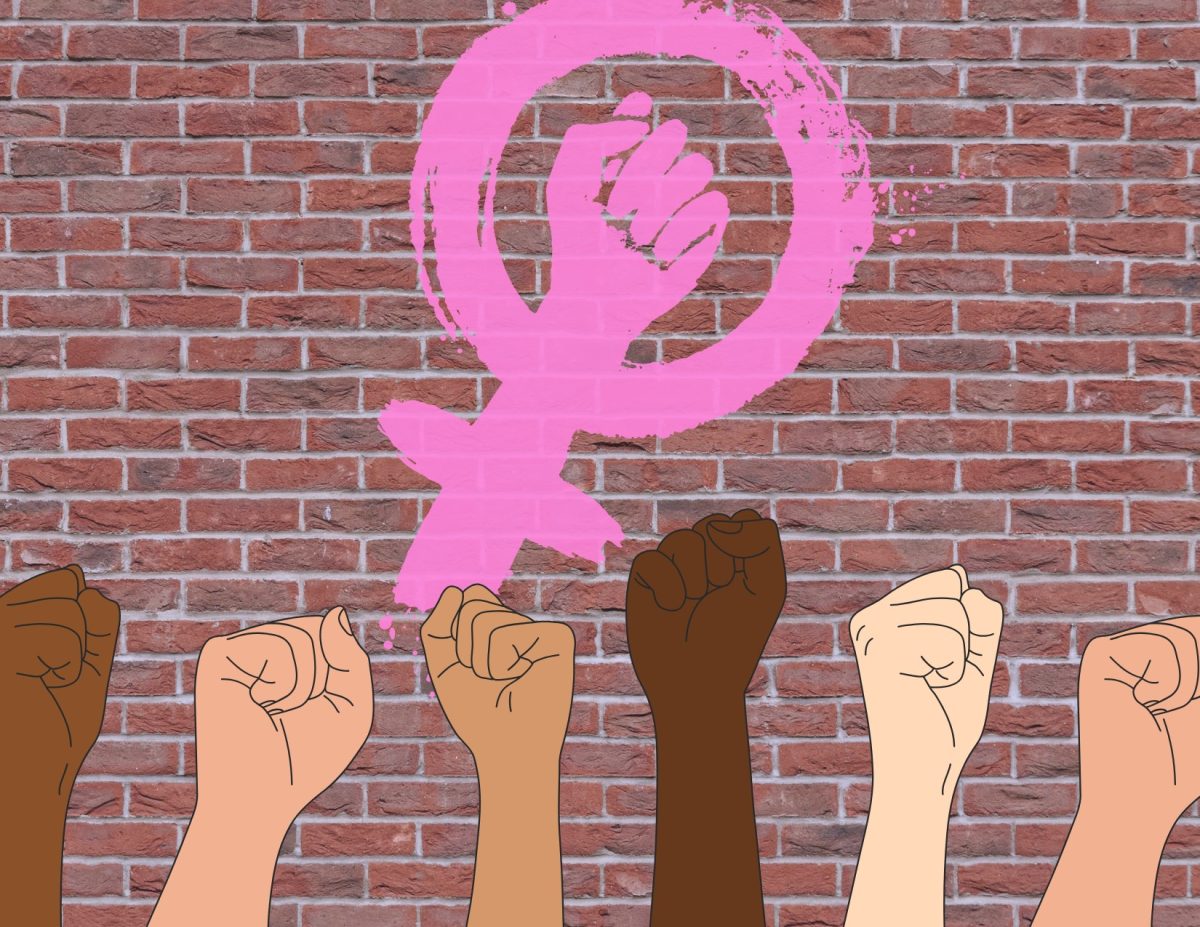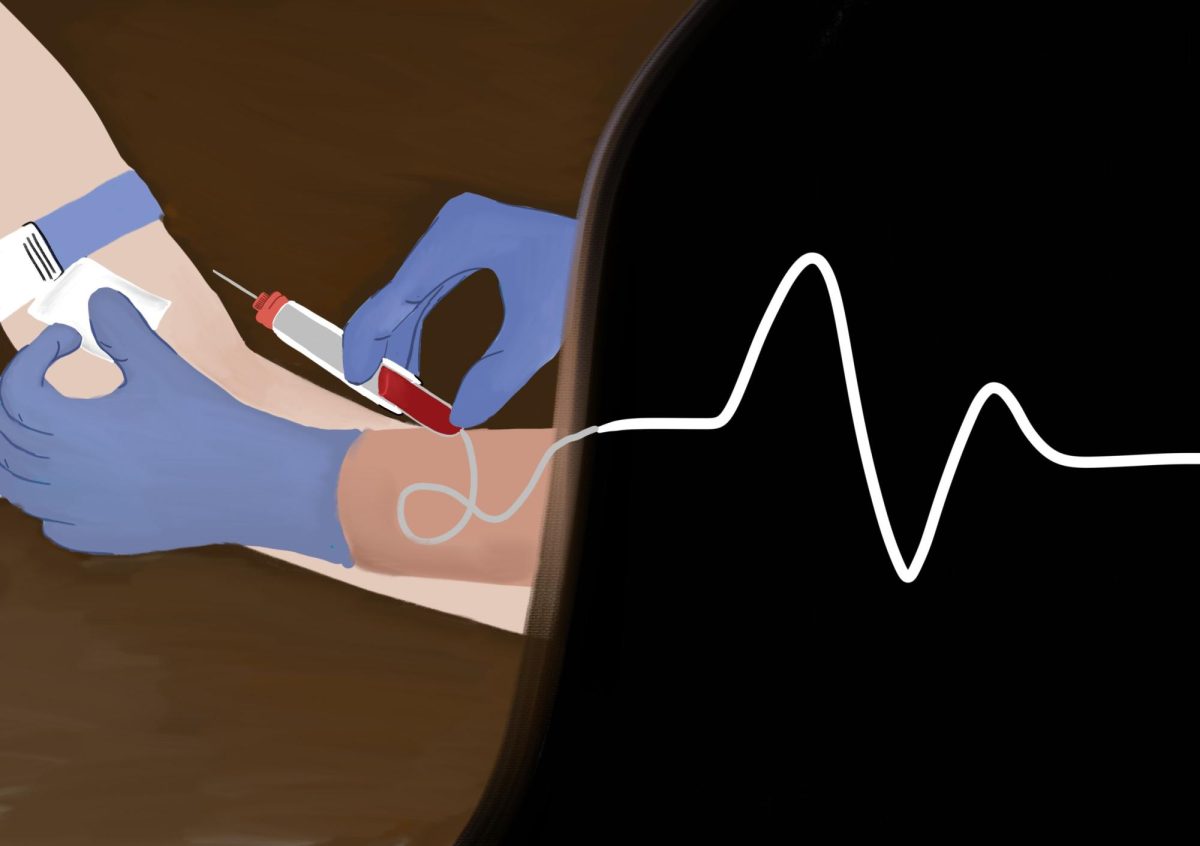On Saturday, Oct. 7, Hamas militants launched a massive surprise attack on the nation of Israel, a close ally of the United States. Thousands of Israeli civilians were either killed or wounded, and Hamas took hundreds of hostages. In retaliation, Israel declared war on Hamas and invaded the Gaza Strip, killing many more thousands of Palestinian civilians.
During the Oct. 7 attack, Hamas militants attacked Israel by crossing the blockaded Gaza Strip, killing over 1200 Israeli civilians, soldiers, and foreigners, including 32 Americans. Additionally, more than 240 civilians were taken hostage, including citizens from many different countries. Hamas used boats to invade Israel’s coast, while planes bombed large gatherings of civilians and fired missiles at critical targets. This is Israel’s worst crisis in decades, and in response, Israeli Prime Minister Benjamin Netanyahu swore to destroy Hamas, initiating a bombing campaign on the Gaza Strip.
After the war’s first week, Israel issued a statement warning Palestinian civilians to evacuate the Gaza Strip in advance of a ground invasion. While Israel’s bomb strikes have killed many Hamas fighters and targets, they have also killed thousands of Palestinian civilians. During the first month of fighting, the death toll rose to 15,000 Palestinians and 1,200 Israelis. However, on Nov. 21, Israel and Hamas agreed on a temporary ceasefire deal to exchange hostages. The deal was proposed by Hamas leadership, negotiated by Qatar, and accepted by the Israeli Prime Minister along with its government.
The hostage exchange and ceasefire lasted for over five days after an extension to the initial agreement, as 105 hostages taken by Hamas were released in exchange for 210 Palestinians arrested by Israel. Nearly all of the hostages released were women and children, but a significant number of foreign citizenship holders were among them, including Americans. Although these hostages were released and are now safe, about 137 people are still being held by Hamas. Israel also allowed humanitarian aid and supplies to reach Gaza as part of the truce.
Fighting resumed on Dec. 1, with accusations on the Israeli side that Hamas violated the cease-fire agreement by firing rockets. Hamas claims that the rocket incident was accidental and that Israel voluntarily resumed the war. Israel’s forces have expanded their offensive as they advance into the southern part of the Gaza Strip. When asked about the possibility of restarting the truce, both sides have stated that they currently have no interest in resuming negotiations.
While there appears to be no clear end to the war in the near future, some hope for a long-term resolution could be coming together. The United States and its partners, including within the region, have begun discussing the future of both Israel and Palestine, which includes a temporary Palestine Liberation Army (PLA) led government in Gaza after the war concludes and a long sought-after two-state solution. These resolutions could lead to lasting peace, but the battle is expected to continue for the present moment.




